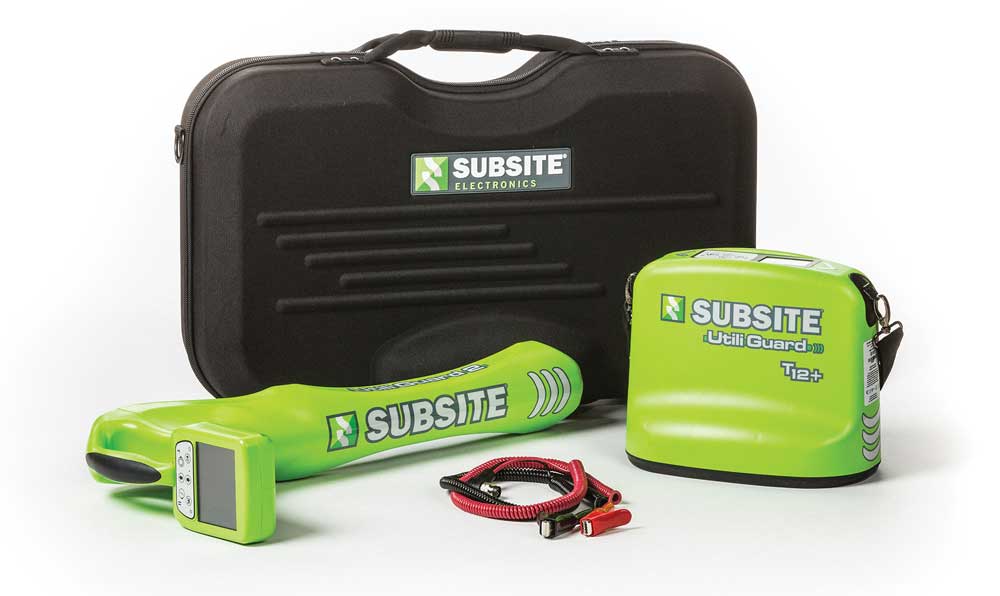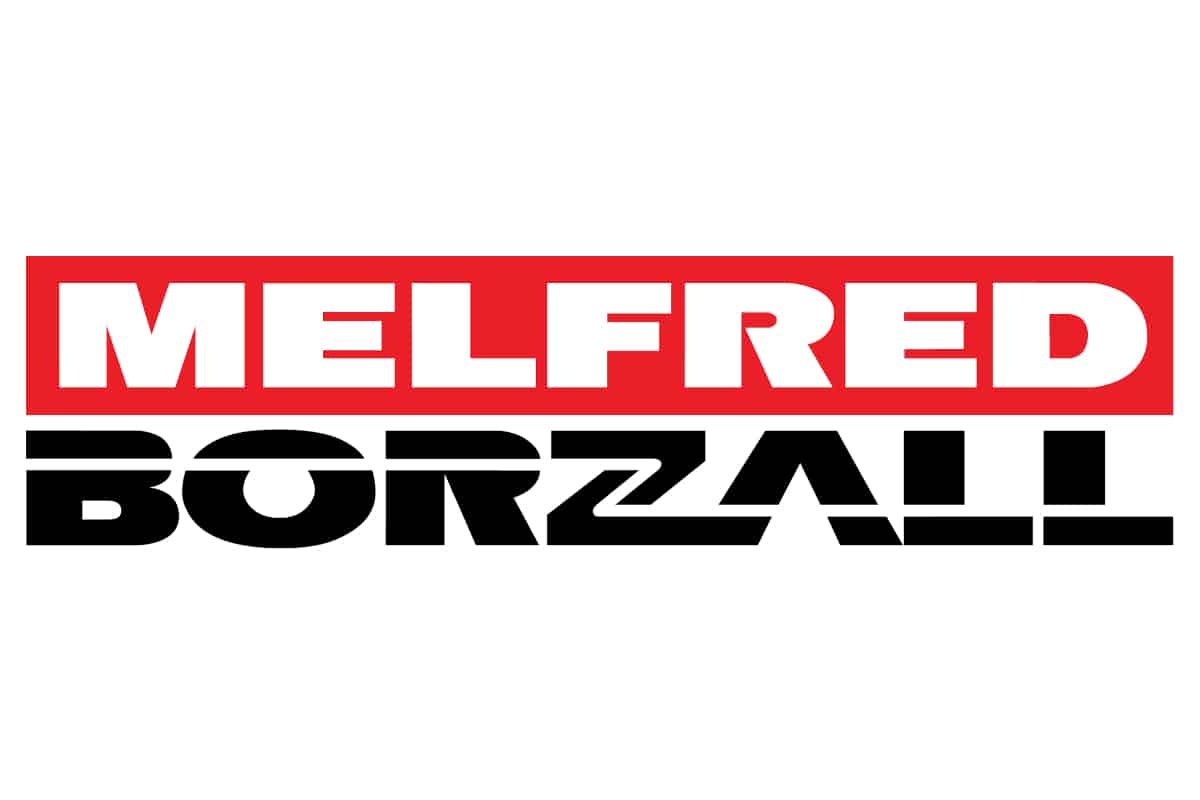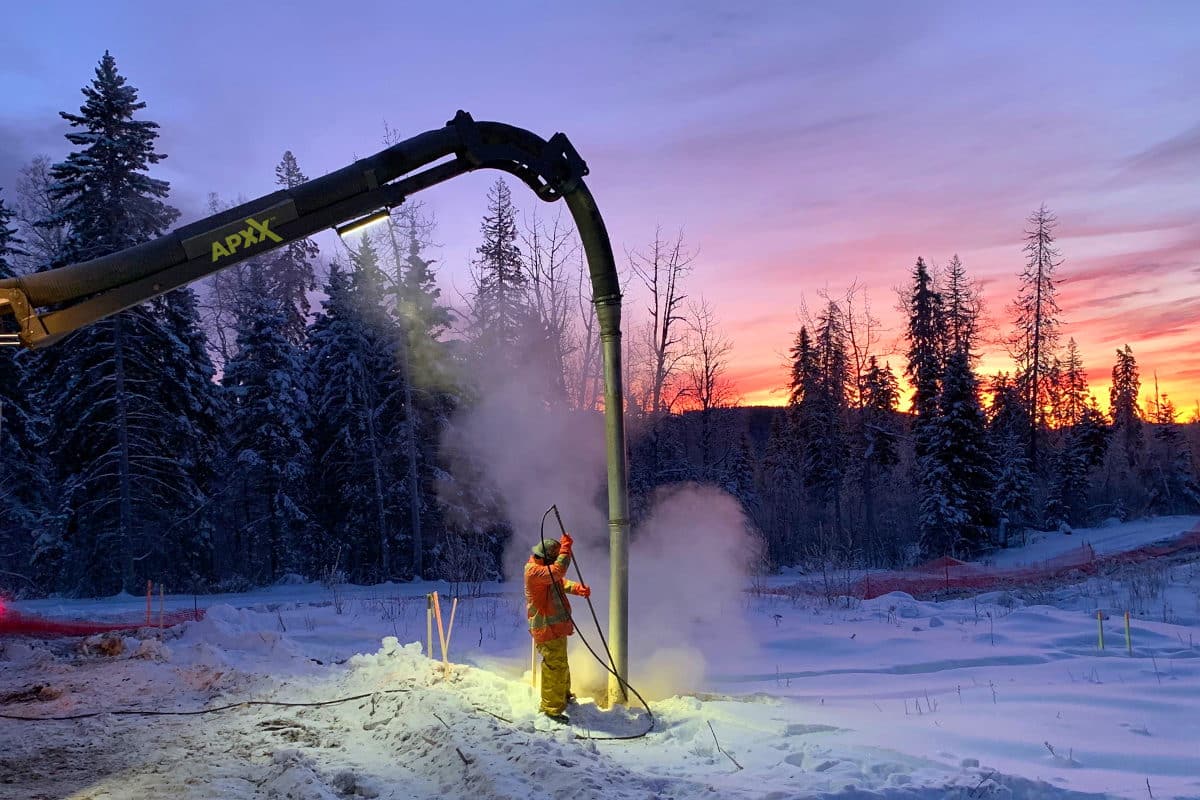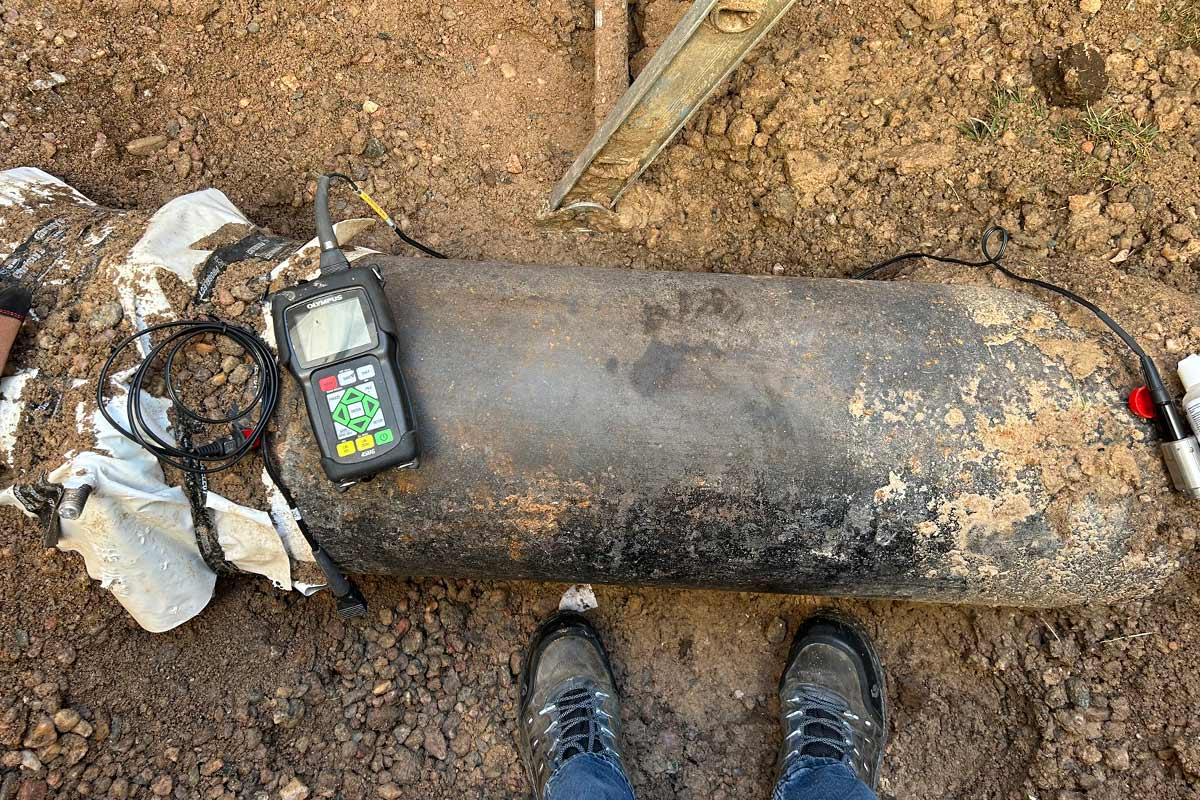PRO Tech Tips – Utility Locators
Utility locators — though simple looking to someone with an untrained eye — are sophisticated pieces of electronic equipment that are an integral part of damage prevention when it comes to digging underground.
Whether you are swinging a locator eight-hours a day for a utility locating company or picking one up once or twice a week to track a camera or find a water or sewer pipe, there are some universal tips to keep this equipment in peak operating condition. Unlike other tools in your sewer and drain cleaning toolbox — because locators rely on proper calibration for optimal locating performance — many repairs can or should only be tackled by the manufacturer.
RELATED: Understanding Optimum Water Pressure — At the Nozzle End

To help you keep your locating in peak performing condition, and not on a manufacturer’s repair bench, we reached out to Chris Thompson, senior product manager for Perry, Oklahoma-based Subsite Electronics to offer his “PRO Tech Tips” for utility locating equipment.
Handle with Care
This sounds like the easiest solution, and it is. These units, though designed to be rugged and used in a variety of conditions need to be handled with care. Operators should avoid dropping or banging the locator. Manufacturers tend to perform drop tests and other tests to make sure the units hold up. You don’t want to throw it into the back of a vehicle or hit it against a truck.
“The No. 1 reason our repair guys say they get these units returned is that the equipment got ran over,” Thompson says. “Be aware of where the equipment is and where you are storing it. These are the two biggest things you can do to keep the units in working order.
We have to walk a fine line. This equipment is not real fragile, but at the same time it is not made to go in the same toolbox you throw your hammers and screwdrivers into either. “
Keep it Dry
“While Subsite makes everything that we have IP-certified to withstand water, it does not mean that it needs to stay wet all of the time,” Thompson says. “You need to make sure and wipe it down and make sure it is clean before you put it away.”
Sometimes people are working, and it is raining or there is mud on the ground, and these locators can withstand getting wet. It should never be subject to a gully washer or a trip through the car wash with the locator in the bed of the truck.
Proper Storage
One of the easiest ways to keep the locator dry and handle it with care is to store the locator properly in the provided soft- or hard-sided cases. Many soft-sided cases have some water repelling properties, but not enough to keep the soft-sided cases in the back of a truck or an open area exposed to the weather.

One of the easiest things a contractor can do to keep their locator operating as intended is to store it in its case.
Keep it Secure
Theft of electronic equipment is extremely common. Do not leave the locator visible whether it be the bed of the truck or the cab or even at the side of the road while you do another task.
RELATED: PROducts Showcase -Drainline TV Inspection Equipment
Visual Inspection
Unless you are locating every day, work for yourself or work for a company that has a 1:1 equipment to employee ratio, chances are you are using shared equipment. There could be a tendency if it is not “your locator” rather a shared locator that equipment problems may not be promptly reported. Make sure the screen isn’t cracked, batteries are charged, all of the necessary components are there, etc. when starting your shift.
Check the Batteries
This is particularly important for people who may not use the locator every day. Check your batteries regularly and if you are not using your locator for a couple days — especially if you are using alkaline batteries — you want to take the batteries out. And always use the manufacturer-specified batteries, which most often are lithium. These batteries tend to have a longer life and are designed for electronics. An alkaline battery will draw down in power and power back up and the power is variable. A lithium battery will give a full charge until it dies.
“If you use a poorer quality battery — particularly if the locator is stored for some time — those batteries have a tendency to leak,” Thompson says. “If the batteries leak inside the locator, that can cause a lot of problems.”
While these tips will help keep the locator operating at its peak, and should provide optimal performance for years to come, damage and other technical glitches can arise. Thompson offers a bit of advice when it comes to repairing a locator, as well.
Repair Recommendations
“Our recommendation – if you suspect that there is something wrong with your locating equipment and it is not performing to specifications – is to check it on a known line,” he says. A known line is one that you have located before, maybe at your office or your home and you know all the line’s key data. “Locate that line and if your locator is telling you something different than what you know to be true, absolutely send it back to the manufacturer,” he says.
While some manufacturers allow field repairs of locating equipment, Subsite does not believe that is a best practice. Because of the sensitivity of the equipment outside of the most basic maintenance — grip repair, LCD screen replacement — the locator should go back to the manufacturer.
If the machine needs to be opened where the circuit boards and antennas are it should be sent back to the manufacturer for repairs,” he says. “Locating equipment is an essential tool for safe and effective locating and even a small issue with calibration can cause a big issue.”




